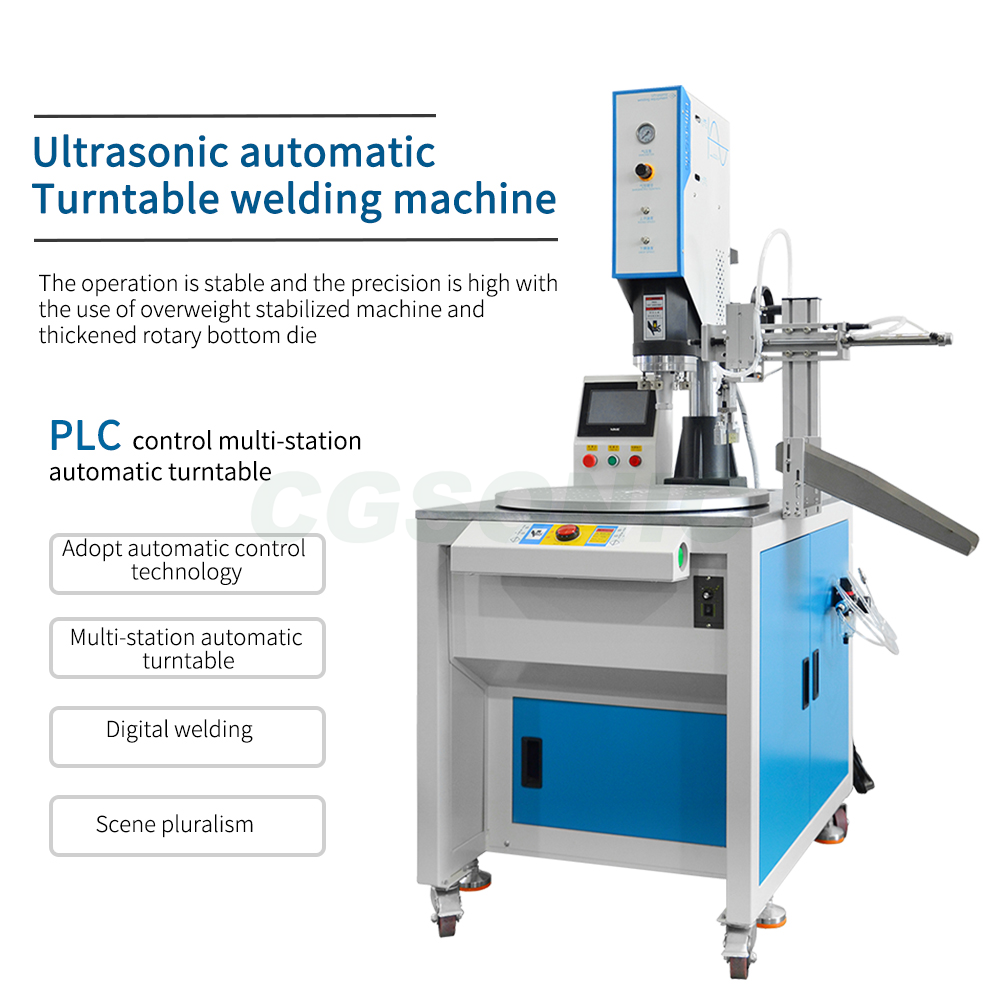In the manufacture of printer housings, Chengguan ultrasonic welding machines have outstanding advantages
In the field of printer housing manufacturing, Chengguan Ultrasonic Welding machines reshape production standards with leading technology. Compared with the cumbersome process of traditional welding that relies on adhesives, nails or mechanical fastening, this equipment uses a molecular-level welding process generated by high-frequency vibration to compress the welding time from several minutes to0.5-3 seconds, and the production capacity can be increased several times. Its energy is precisely focused on the welding area, which not only avoids excessive heat deformation of the material, but also reduces overall energy consumption by more than 60%, significantly reducing production costs. This high-efficiency and energy-saving feature is particularly prominent in the large-scale production of printer housings, creating significant economies of scale for enterprises.
---What are the advantages of ultrasonic welding printer casing compared with traditional welding process?
1. Efficient and fast
Short welding time: Single welding is usually completed within 0.5-2 seconds, without drying/curing, direct bonding, much faster than glue curing (minutes) or screw assembly. It can be seamlessly connected to the automated production line to achieve high-speed mass production, significantly shorten the manufacturing cycle, and improve the efficiency of the production line.
2. High precision and strength
Molecular bonding: High-frequency vibration is used to fuse plastic molecules to form a strong molecular connection. The weld strength is close to that of the raw material itself. The shell has excellent impact and wear resistance and is not prone to cracking after long-term use, which is better than gluing or mechanical fixing.
No added materials: Screw fixation has the risk of loosening, glue bonding is easily affected by the environment and debonding, hot riveting welding may cause material brittleness due to local overheating and insufficient durability.
3. Aesthetics
Seamless welding: The welding surface is flat and smooth, without screw holes, glue overflow or heat marks, and the surface is smooth, without the need for secondary grinding, which can directly meet the high requirements of the printer housing for aesthetics.
No risk of glue overflow: Screw holes affect the overall appearance, glue is easy to remain, hot riveting welding may cause scorch marks and deformation, and additional processes are required to repair the appearance.
4. Cost savings
Material saving: No consumables such as screws and glue, reducing material costs; high degree of automation, reducing dependence on labor; easy equipment maintenance, lower long-term use costs.
Low energy consumption: The power consumption is only 10%~20% of traditional thermal welding.
5. Environmental protection and safety
No chemical pollution: No volatile glue is involved, reducing VOCs emissions. Pure physical welding process, no chemical volatiles, exhaust gas emissions, in line with environmental protection standards; no high temperature, open flames, reducing production safety risks.
No high temperature risk: Local heating (only the welding surface heats up) avoids overall deformation or thermal damage. Hot riveting welding consumes a lot of energy and poses a risk of burns and fire.
6. Automation compatibility
Easy to integrate: Suitable for automated production lines, reducing manual intervention and improving consistency.
7. Wide applicability
Compatible with a variety of plastics: The welding parameters can be precisely controlled to adapt to printer shells of different materials (such as ABS, PC, PP) and thicknesses, and support welding of complex structures and thin-wall designs.
Complex structure adaptation: Special-shaped or tiny structures (such as buckles and interfaces) can be welded.
8. Compare the limitations of traditional technology
Material restrictions: Applicable only to thermoplastics, not metals or thermosets.
High initial investment: Equipment costs may be higher than gluing or screwing, but the long-term payback is significant.



















